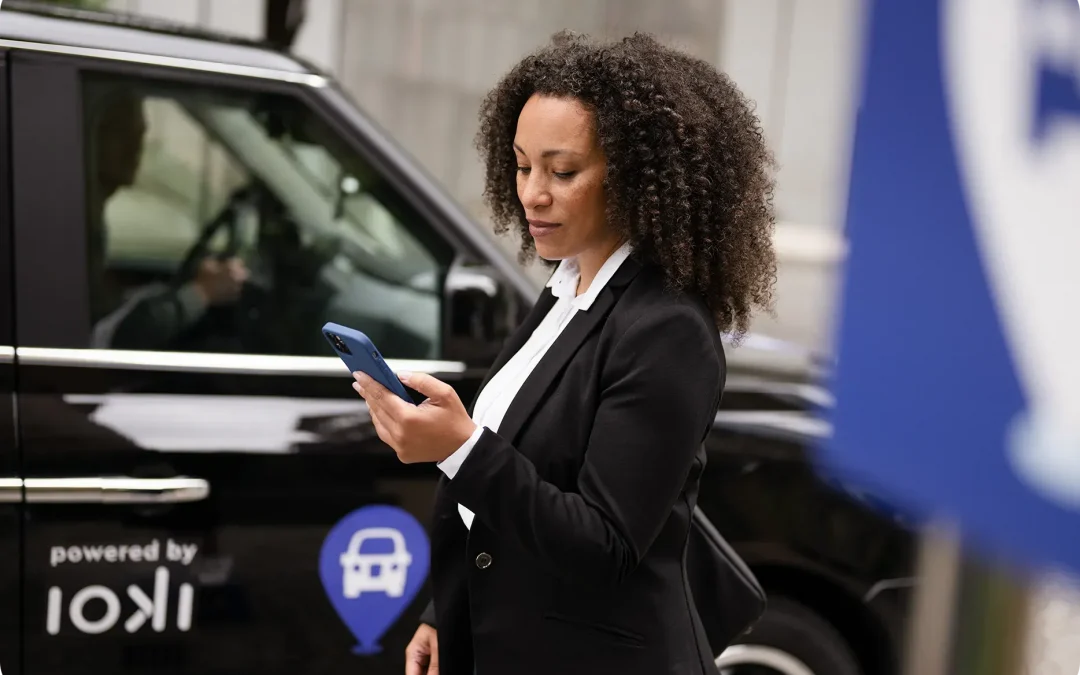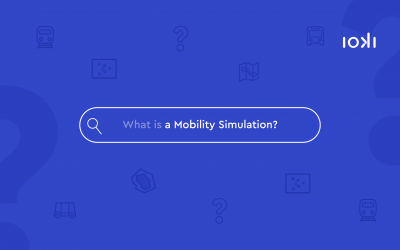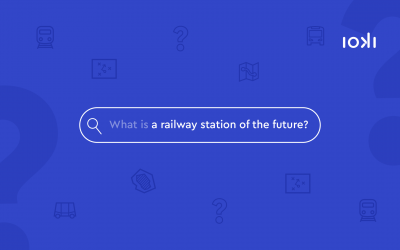Dial-A-Ride: the classic on-demand transport
Dial-a-Ride services are a well-established form of DRT in many regions. They transport passengers from a designated stop to any destination within the service area. These services complement the regular scheduled bus service, especially during off-peak hours or in areas with low demand. Traditionally, bookings are made by telephone with significant advance notice required. Only a few Dial-a-Ride services have been modernised to allow app-based booking. Most still use manual lists and paper receipts.
Public transport taxi: a new form of demand-responsive transport
Public transport taxis are a more recent form of transport, with initial pilot projects taking place. They offer more flexible door-to-door service but can also operate on a semi-scheduled basis. The key feature is that the public transport taxis are integrated into the fare and transport conditions of the public transport provider. Bookings are typically made digitally through apps or platforms. Besides providing public transport rides, taxi companies can still offer their regular taxi services.
Similarities and benefits for local authorities
Both systems have one thing in common: they use existing local taxi infrastructure. This means no need to purchase additional vehicles, and qualified, experienced drivers are already available – a significant cost benefit for municipalities. The regional roots and local expertise of the taxi companies are another important plus. Public transport taxis are particularly attractive to local authorities because no EU-wide tender process is required. Additionally, billing is based on completed trips, with passengers paying standard public transport fares plus a comfort surcharge.
Whether it’s Dial-a-Ride, Public transport taxi, or other on-demand services, digitalisation is making these systems more flexible and user-friendly. Our software can intelligently pool rides like traditional Dial-a-Ride services but also enable individual trips like public transport taxis – depending on what is more efficient at the time. This makes on-demand public transport services more attractive to passengers while reducing operating costs for municipalities.



